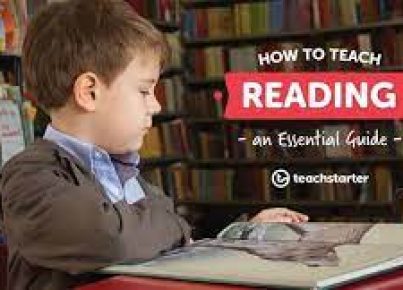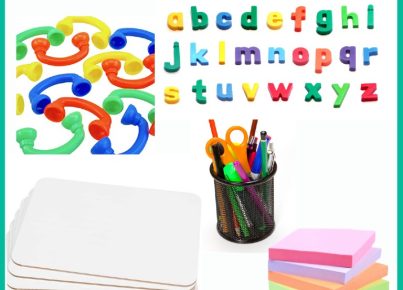Understanding point of view in literature is an essential aspect of developing strong reading and writing skills. This guide will provide students and teachers with an overview of the various points of view, the importance of each, and how they can be employed to create engaging narratives.
Defining Point of View
Point of view (POV) refers to the perspective from which a story is being narrated. It comes in three main formats: first-person, second-person, and third-person.
1. First-Person Point of View
First-person point of view utilizes the pronouns “I,” “me,” and “my” to tell a story from the narrator’s perspective. With this POV, readers can experience events and emotions more intimately as they are recounted by a character in the story. This immersive approach allows for a direct connection between the reader and the narrator.
Examples: To Kill a Mockingbird by Harper Lee, The Catcher in the Rye by J.D. Salinger.
2. Second-Person Point of View
A rarer form in literature, second-person point of view employs “you,” “your,” and “yours” pronouns to directly address the reader. This POV creates an interactive experience where readers are placed into the narrative and tend to feel more personally involved.
Examples: Bright Lights, Big City by Jay McInerney, Choose Your Own Adventure books by various authors.
3. Third-Person Point of View
Third-person point of view uses pronouns such as “he,” “she,” or “they” to describe characters in a detached manner. There are two main subcategories within third-person POV: limited and omniscient.
– Limited: Here, the narrator offers insight into one character’s feelings, thoughts, and emotions without revealing those of others.
Example: Harry Potter series by J.K. Rowling.
– Omniscient: In this case, the narrator has an all-knowing presence, providing insights into multiple characters’ minds and emotions.
Example: Pride and Prejudice by Jane Austen.
Why Point of View Matters in Literature
A story’s point of view is crucial for various reasons:
1. Character Development: Through POV, readers can gain a deeper connection with characters, understand their motivations, and empathize with them.
2. Plot Development: Different perspectives can reveal different aspects of the plot, build suspense, or further engage the reader.
3. Thematic Development: The chosen POV can help convey the main theme or message of the story by focusing on specific characters and their experiences.
Teaching Strategies for Exploring Point of View
For teachers aiming to help students grasp the importance of point of view in literature, consider using these strategies:
1. Reading Activities: Provide excerpts from texts showcasing different points of view and have students analyze how the narrative perspective affects their understanding.
2. Creative Writing Exercises: Encourage students to write short narratives from different POVs to enhance their understanding and cultivate their writing skills.
3. Group Discussions: Create an interactive setting where students can discuss how varying perspectives change their perspectives on a story’s events.
In conclusion, understanding point of view in literature is an essential skill for both students and teachers alike. It offers insight into character development, plot progression, and thematic development while providing opportunities for fruitful discussions and critical thinking within the classroom. As you continue to explore literature, be sure to pay close attention to POV as it shapes your overall reading experience.




